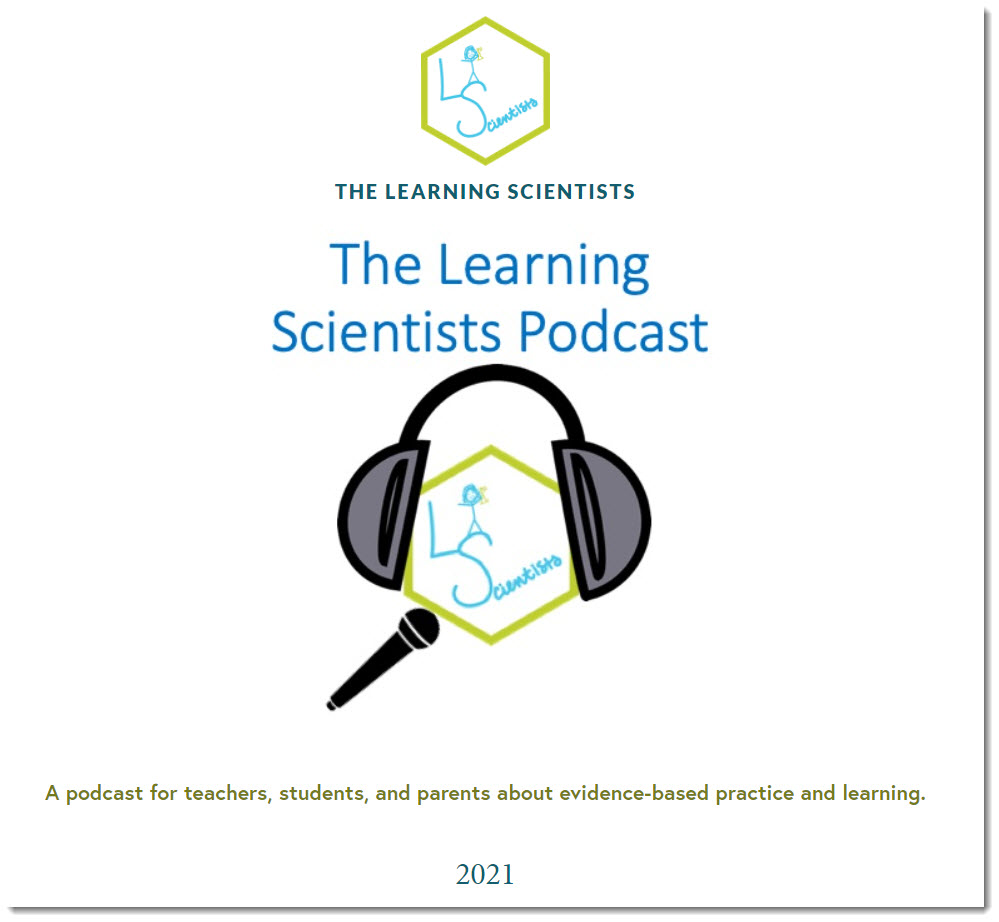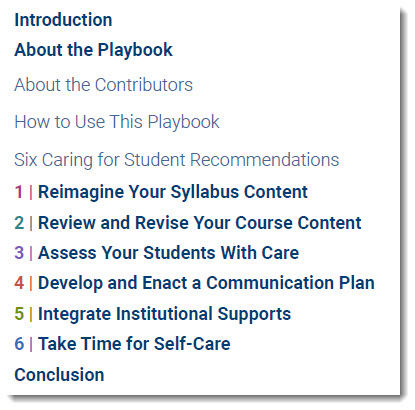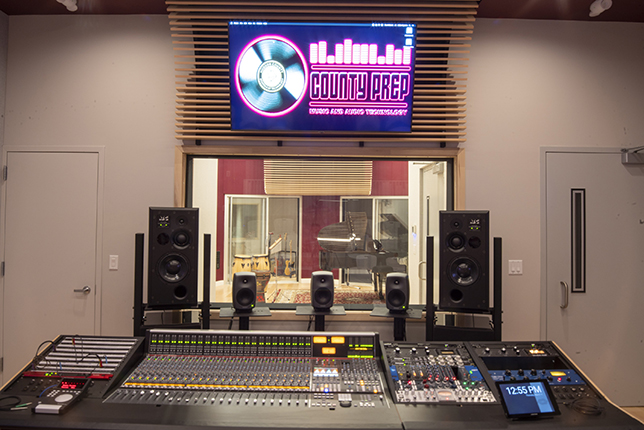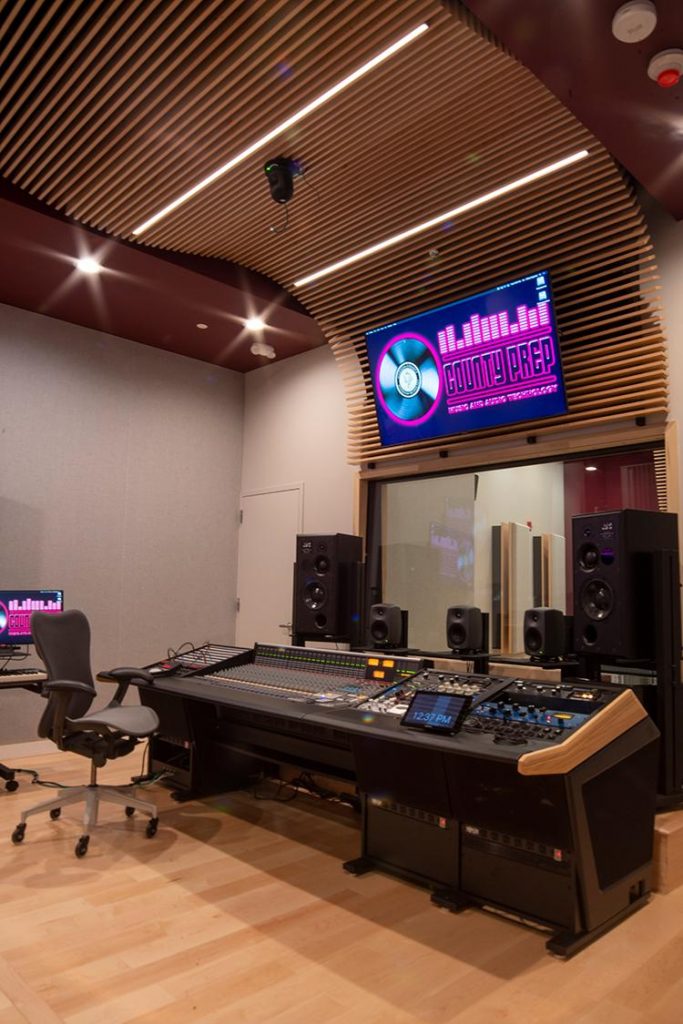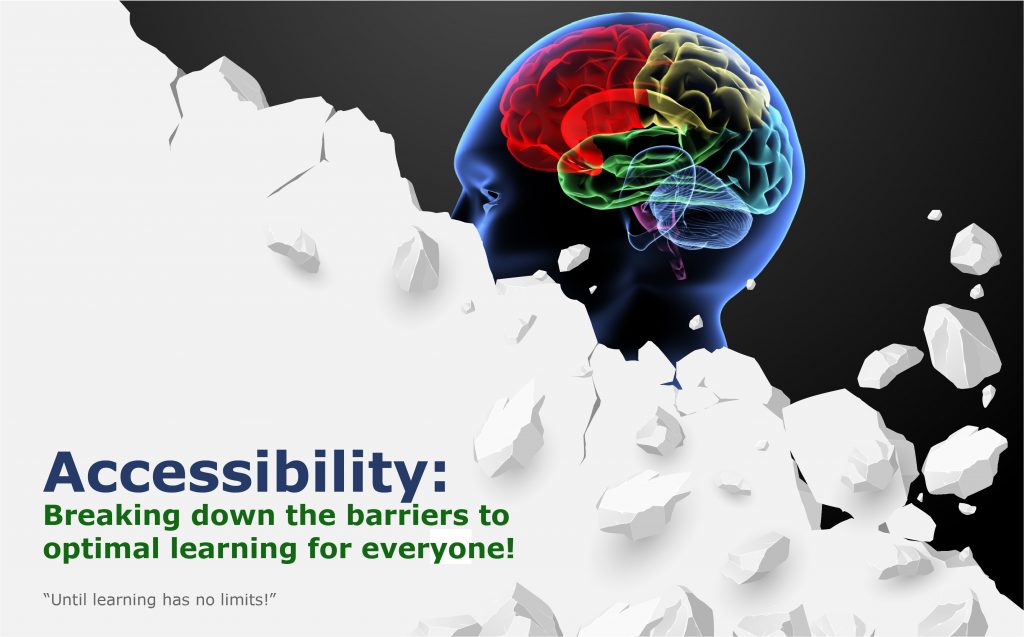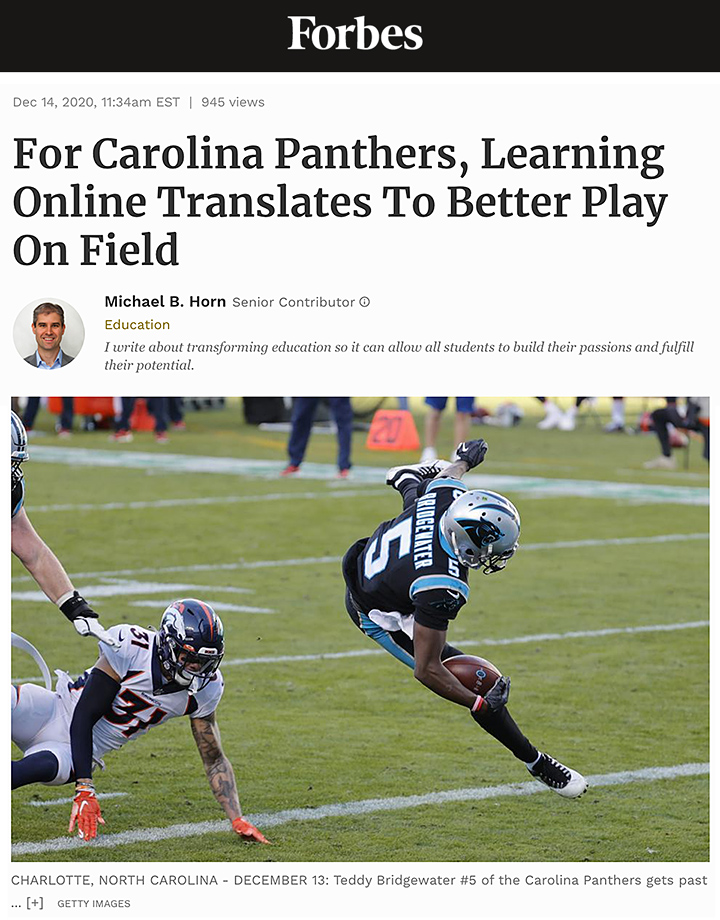From DSC:
You might be interested in reviewing one or more of the items out at Faculty Focus Live Podcasts.
Some example podcasts:
- Episode 11: Assessing Online Student Learning: How You Can Gauge Activities and Writing Through Online Assessment
- Episode 9: Live with Wendy Trevor: Overcoming Student Distaste for Collaborative Group Work Online
- Episode 8: Establishing and Revisiting Our Teaching Philosophies and Teaching Personas
- Episode 7: Finding the Missing Piece: How to Help Your Students Who Are Struggling with Online Learning
4 Tips for Offering Online Exams — from techlearning.com by Erik Ofgang
The University of New England, Australia has given more than 40,000 online exams over the past year, here’s what they’ve learned
Excerpt (emphasis DSC):
UNE administrators are considering doing away with an exam period because it initially was created for logistical purposes. “We needed to have all the exam venues booked, and the desks and chairs moved in, and the supervisors ready in the papers there,” Day says. “Now we are able to hold exams, anywhere, anytime, any day. So why do we need an exam period? It’s allowing structural changes to the academic calendar, it gives us a few weeks per teaching period back for teaching, perhaps.”
Day says you can also incorporate elements of video and website exploration into your exam, opening up both the type of questions you ask and the type of answers students can provide.
Rethink the Exam Structure
Switching from paper to online exams is an opportunity for instructors to reexamine the exams themselves, Day says. “It requires you to question why you hold exams, why you hold exams when you do, and how you hold exams.”
Top 5 legal technology stories of 2020 — from abajournal.com by Nicole Black
Excerpts:
- The unprecedented transition to remote work
- Videoconferencing became the norm
- #Barpocalypse
- Legal tech wealth
- Utah and Arizona allow nonlawyer ownership of law firms
For Carolina Panthers, Learning Online Translates To Better Play On Field — from forbes.com by Michael Horn
Excerpt:
The solution the Panthers devised wasn’t the traditional one of just studying and memorizing voluminous playbooks coupled with endless Zoom calls. They instead turned to an education startup called Learn to Win.
Learn to Win is one of the pioneers in mobile learning, as it uses the principles of sound instructional design to transform training material that’s critical to an organization’s success into content that allows people to learn faster and more effectively.









